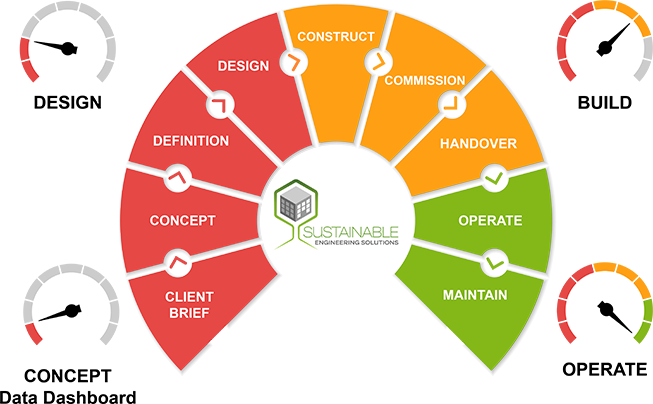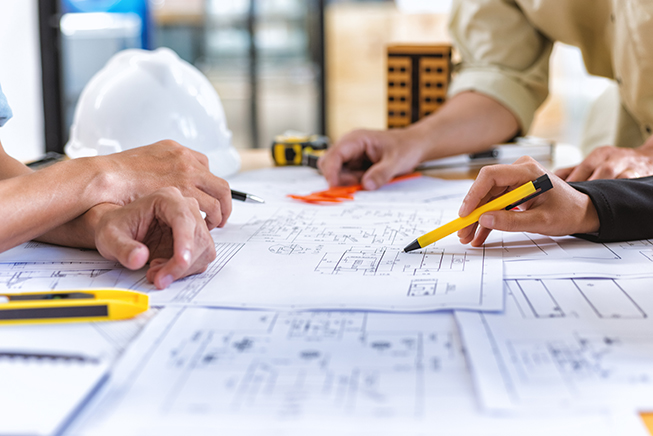Sustainable Engineering Solutions’ professionals
carefully align design and construction processes.
Sustainable Engineering Solutions’ professionals
carefully align design and construction processes.
When a property owner decides to build or renovate they typically hire an engineering firm to design the project, then a construction firm to build it. All too often, however, the engineering firm fails to create a practical design that will be easy for the construction team to build. That’s where “constructability” comes into play.
Constructability is a technique in which construction processes are reviewed from start to finish during the engineering design phase. Identifying and resolving potential construction problems upfront helps reduce and prevent delays, errors, cost overruns, headaches, and significant stress. When planning with constructability in mind, the project’s design and the construction processes are carefully aligned with the client’s needs to make sure that all aspects of the project are completed as conceptualized and scheduled in a way that allows construction to occur without delays, disruptions and unexpected costs.
An essential element of constructability is the quality of the design documents. Projects that feature easy to understand instructions will be easier to build, and those with poor design documents will be more difficult. When engineering firms consider construction requirements and costs in advance, there is no guesswork, and the delivery of the necessary materials can plan and scheduled for an optimal build process that is highly efficient. This is why it is essential to make sure early-on that your engineering and construction firms can work together and have similar approaches and expectations.

With constructability at the core of our business model, we offer interdisciplinary constructability reviews for your building designs. If you are working with another design firm to plan your MEP project, SES is here to help identify potential construction issues up prior to the build phase. With this review, we can help you resolve these issues prior to building, to help reduce or prevent delays, errors, change orders, and other major stressors. Our process follows these basic steps:
